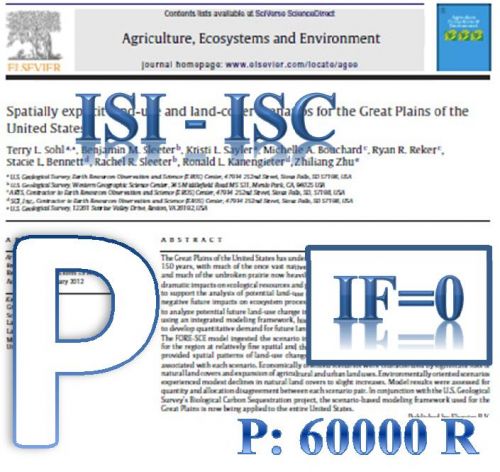Light olefins such as ethylene and propylene, are considered as main raw materials for the production of numerous plastic materials, synthesis fibers and rubbers in the petrochemical industry. The conventional process for the production of light olefins is thermal cracking in the presence of steam called Steam Cracking (SC). This has been the main technology for the production of olefins for more than ninety years. This technology has reached to its full capacity and cannot accommodate excessive demands of the petrochemical industry although still 95% of the light olefins are produced by this technology. In addition there are a few drawbacks for this technology such as en extensive energy consumption, and production of greenhouse gasses. An alternative and promising route for the production of light olefins which consumes less energy and produces fewer pollutants to the environment is Thermal Catalytic Cracking (TCC). This paper reviews the main research works done on the process in the literature in the last five decades. An eight-lump mathematical model is presented for the catalytic cracking kinetics. Some of the main experimental laboratory setup systems in the world have also been reviewed and parts of the results are presented and discussed.
کلید واژگان :Catalytic cracking, Modeling, light olefins, light hydrocarbons,
ارزش ریالی : 1200000 ریال
با پرداخت الکترونیک
